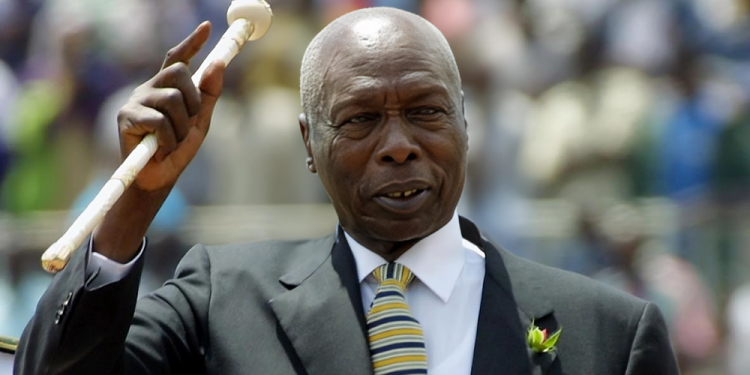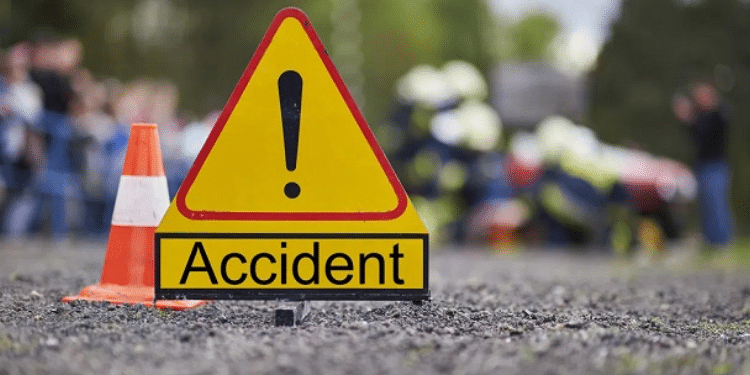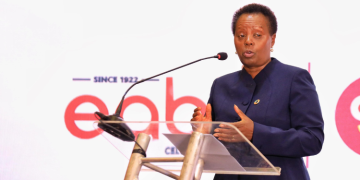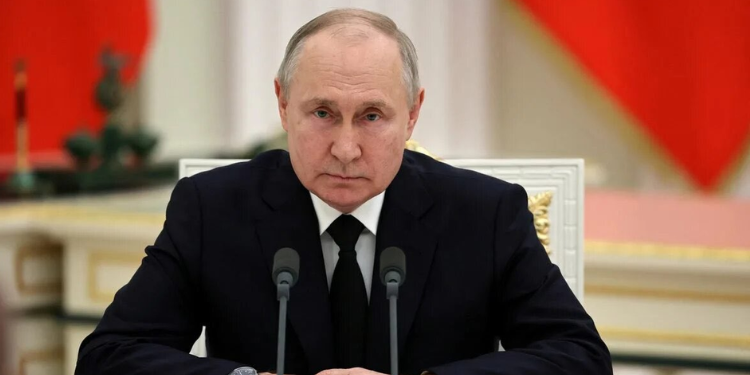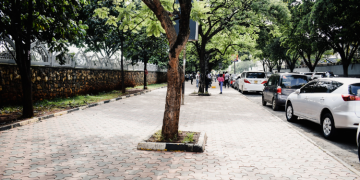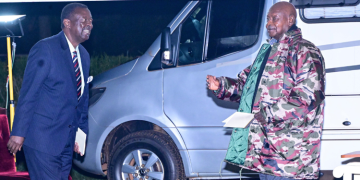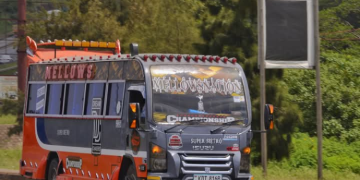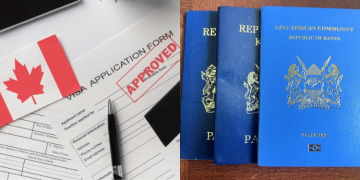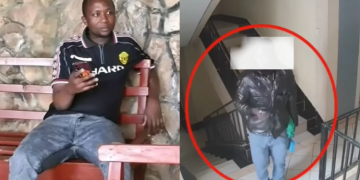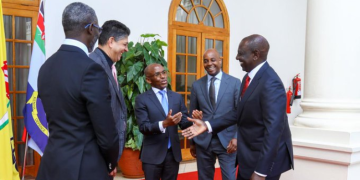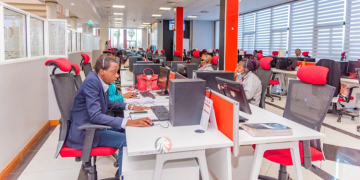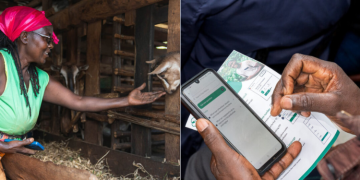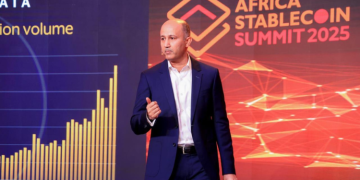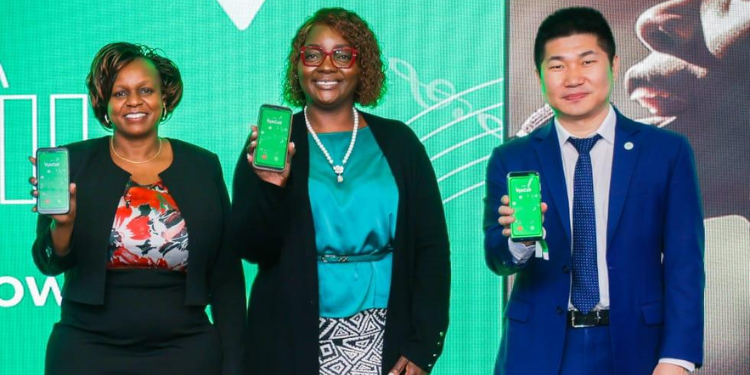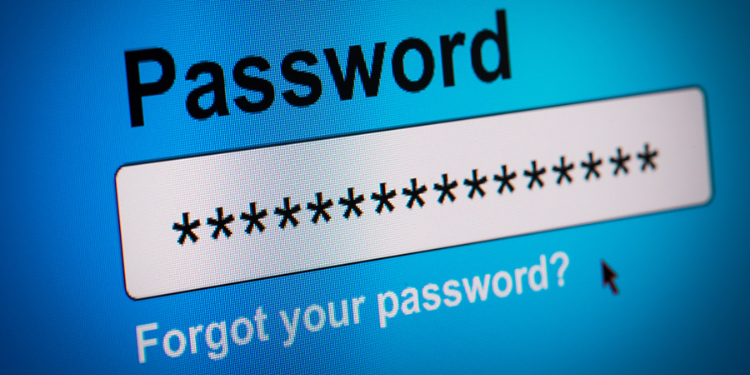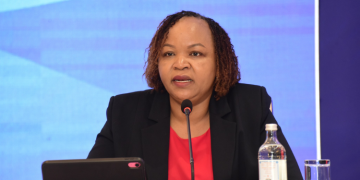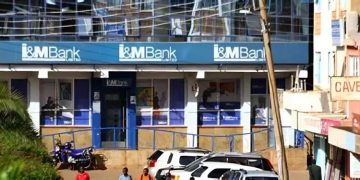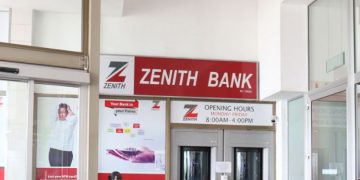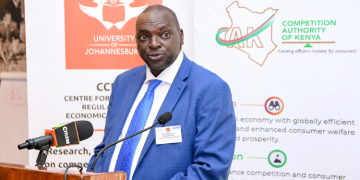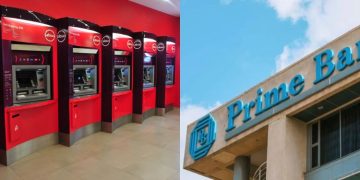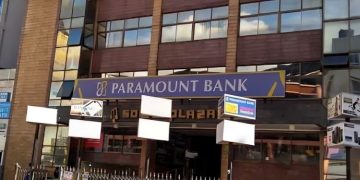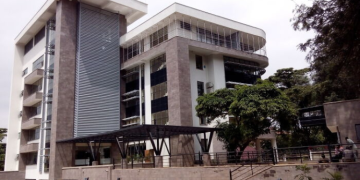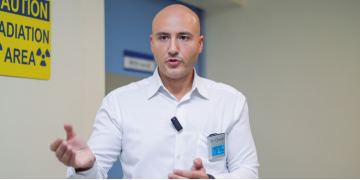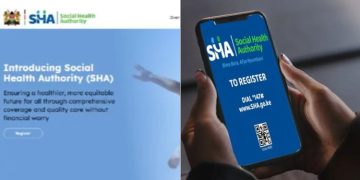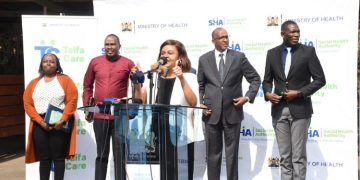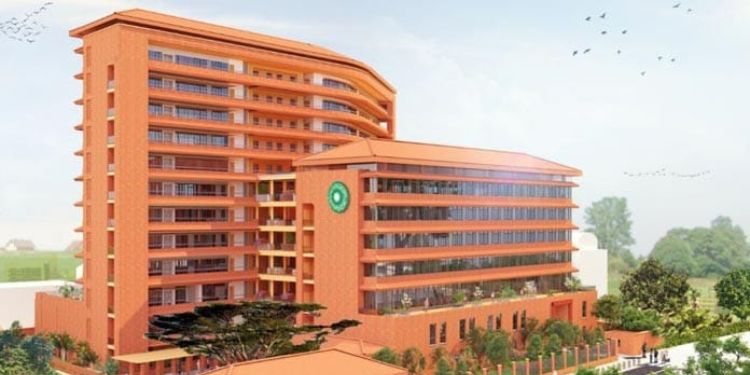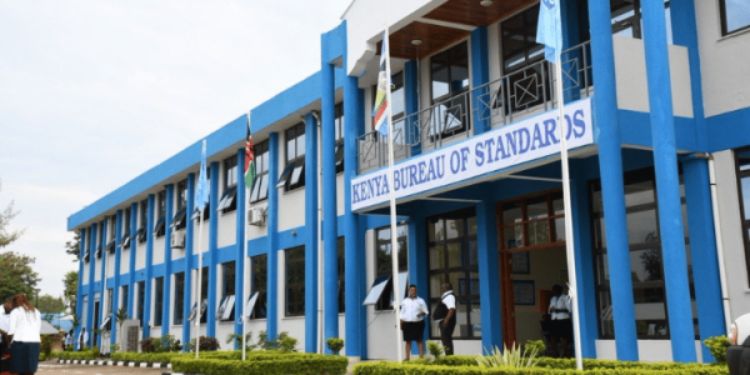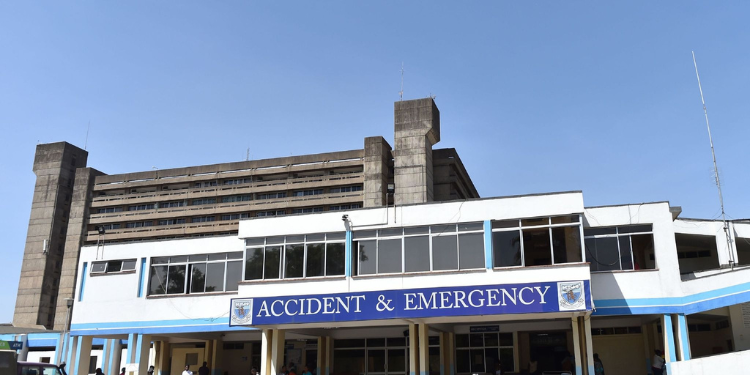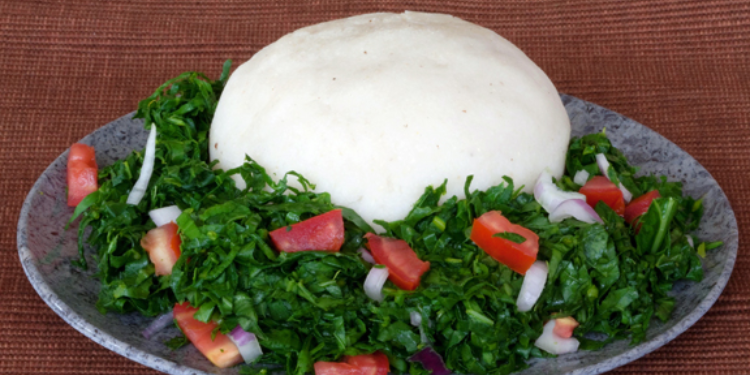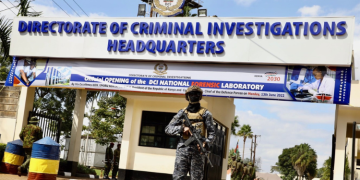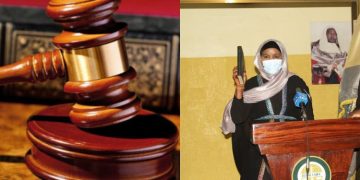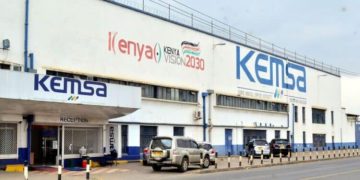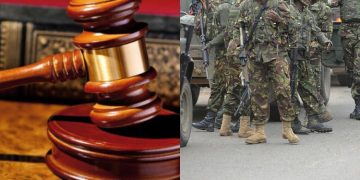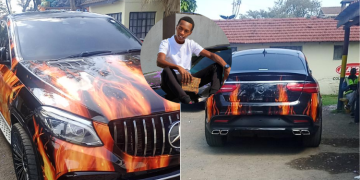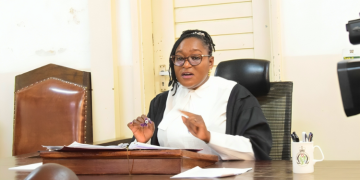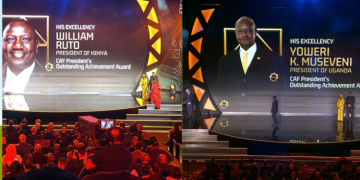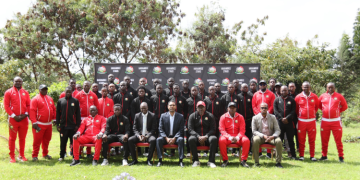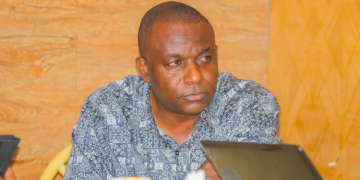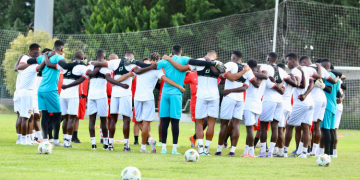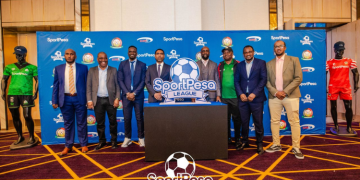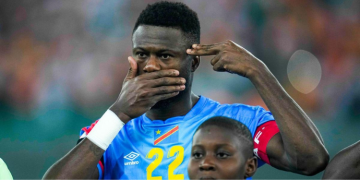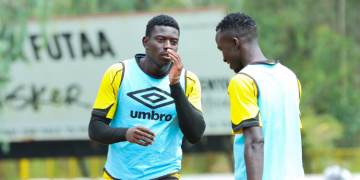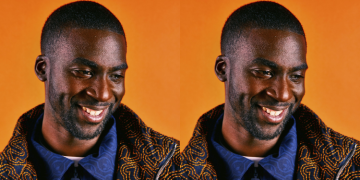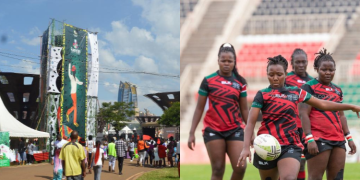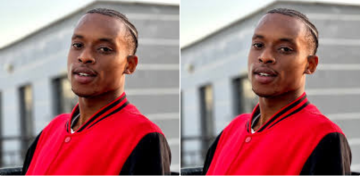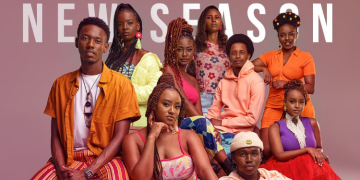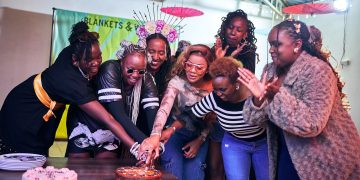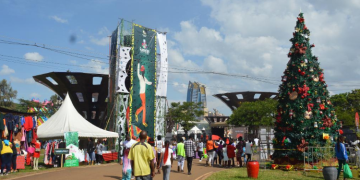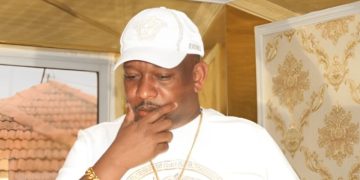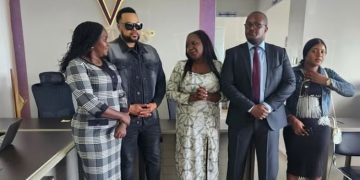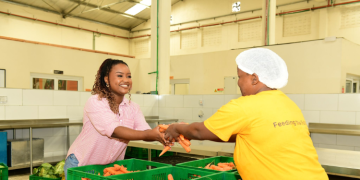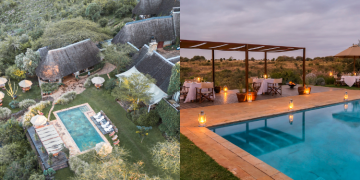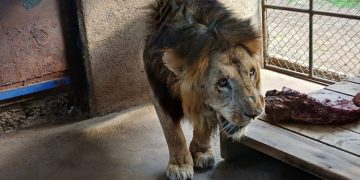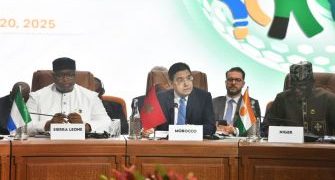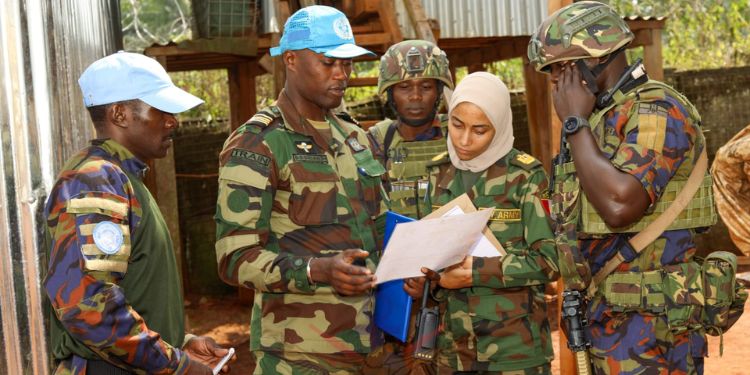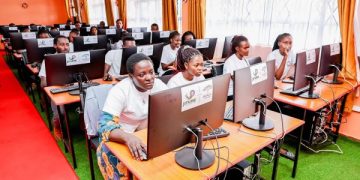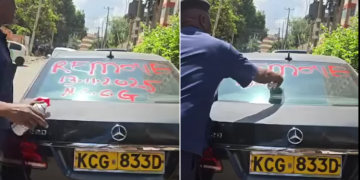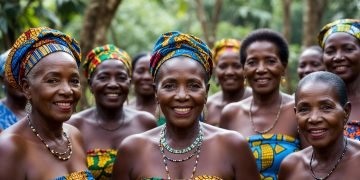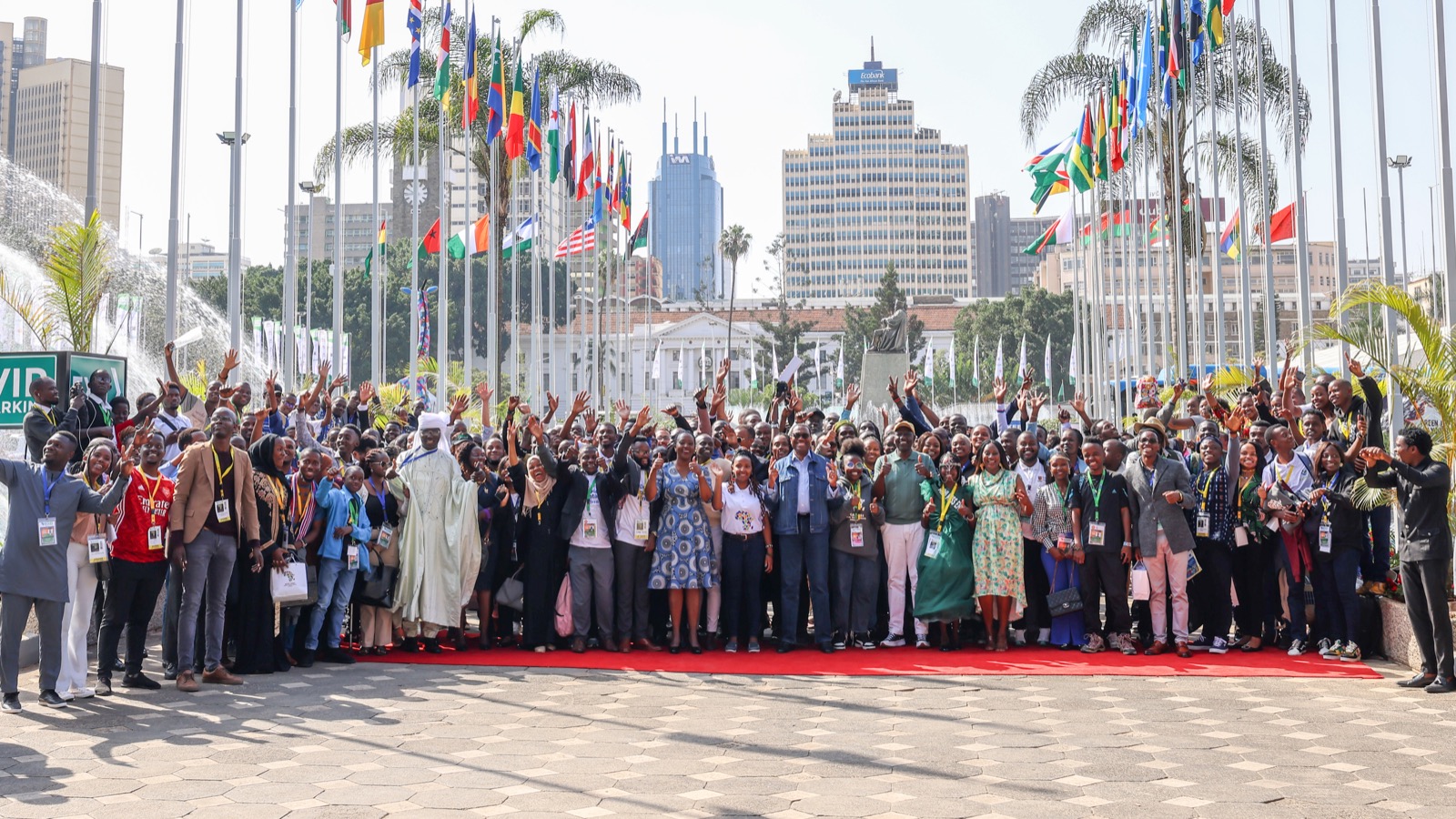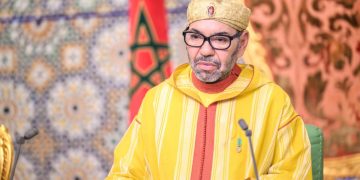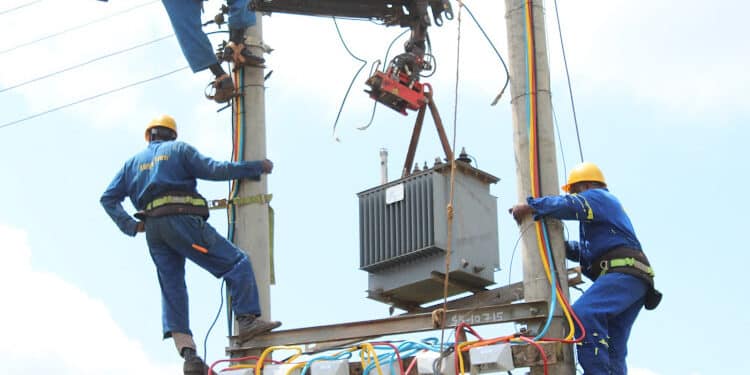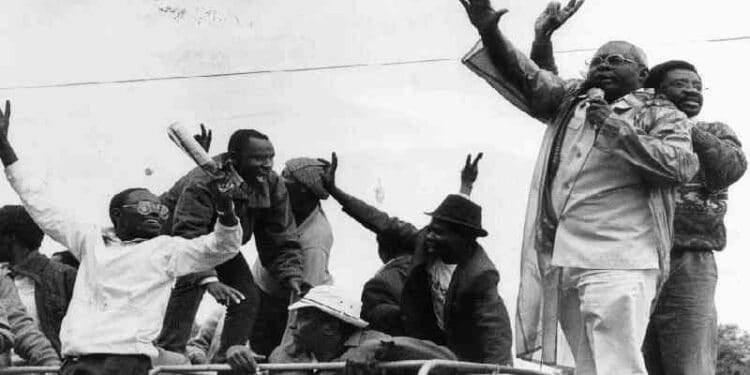On July 7, 1990, a large crowd gathered at Kamukunji Grounds to advocate for multiparty politics in what is known today as Saba Saba. Others took to the streets demanding free elections and an end to authoritarian practices.
At the time, Kenya was under a dictatorship characterised by a one-party state under the Kenya African National Union (KANU) and led by President Daniel Arap Moi.
The assembly at Kamukunji Grounds was organized by key opposition figures, including Kenneth Matiba, Charles Rubia, and Raila Odinga.
The government declared the rally illegal, and key organizers were arrested and detained prior to the event.
Despite this, approximately 6,000 people defied the ban and assembled at Kamukunji Grounds.
Saba Saba Rally Disrupted by Police Officers
In response, Moi’s government deployed anti-riot police to the venue, using batons and tear gas to disperse the crowd. The situation escalated into violence as demonstrators threw stones at the police and damaged vehicles.
The protests spread to other areas in Nairobi, including Dandora, Majengo, Pumwani, and Kawangware.
Additionally, the protests extended to towns such as Nakuru, Murang’a, Narok, Nyandarua, Kiambu, Nyeri, and Thika.
Also Read: Today in History: Jerry Rawlings Rises to Power After Leading Two Military Coups in Ghana
Although President Moi’s government managed to suppress the protests in certain areas, he labeled the pro-democracy demonstrators as “drug addicts” and “hooligans.”
In response, church leaders described the protests as a “rebellion against the government caused by poverty and a lack of public participation in national affairs.”
In the aftermath of the protests, at least 20 people were killed, and around 1,000 were arrested and charged in court.
Politicians Arrested in Connection to The Protests
Notable politicians who were arrested in relation to the Saba Saba rally include:
- Gitobu Imanyara, a lawyer and editor of Nairobi Law Monthly, was arrested shortly before the rally. His arrest was due to publishing articles critical of the Moi government and supporting the multiparty movement.
- John Khaminwa, a renowned human rights lawyer, was detained for representing Matiba and Rubia, as well as for his vocal support of the pro-democracy cause.
- Kiraitu Murungi, a lawyer and later a prominent politician, was also arrested for his involvement in the pro-democracy movement and for representing detained activists.
- James Orengo, a lawyer and politician, was detained for his outspoken criticism of the Moi regime and his role in mobilizing support for multiparty democracy during the Saba Saba protests.
Also Read: Today in History: Thomas Sankara Dies After Being Shot Multiple Times
Two former cabinet ministers, Kenneth Matiba and Charles Rubia, along with Raila Odinga (the son of former vice-president Oginga Odinga), were also arrested and subjected to detention without trial, and were later released three months after the protests.
Although Moi did not immediately embrace multiparty politics, the Saba Saba rally played a crucial role in the introduction of multiparty elections in Kenya.
As a direct result of the pressure from the Saba Saba protests, in December 1991, President Moi’s government repealed Section 2A of the constitution, effectively ending the one-party state and allowing for the formation of multiple political parties.
Follow our WhatsApp Channel and X Account for real-time news updates.
